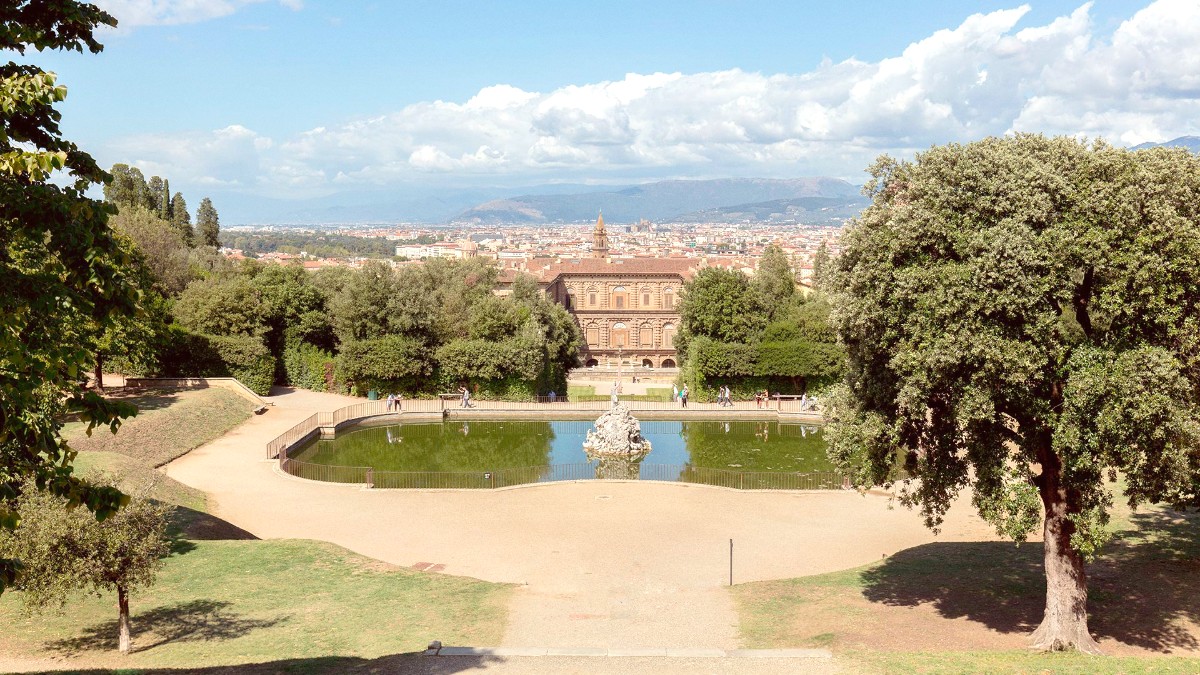
Tuscany, Italy
The Pistoia Apennines include protected natural areas. Padule di Fucecchio is a protected wetland. Your visit supports preservation.
Italy has a developed recycling system. Look for separate bins for paper, plastic/metal, organic, and glass. Minimize single-use plastics.
Tuscany can face water scarcity, especially in hot summer months. Be mindful of your water usage in hotels. Take shorter showers, reuse towels.
Interacting with Pistoia’s local culture enriches your travel experience and cultivates positive relationships.
Learning Italian phrases, dressing modestly in churches, and asking permission for photos display respect. Patience and politeness aid interactions.
Be mindful of privacy. Check for "no flash" or "no photography" signs. In churches, speak softly and silence phones.
Pistoia works to preserve its medieval heritage via ongoing restoration projects and careful maintenance of its historic center's unique character. Your visit supports these efforts.
This part outlines ways to support the local economy and avoid harmful practices.
Seek community-based tourism initiatives. Hire local guides, dine at family-run restaurants, and patronize independent shops.
Look for "Made in Italy" or "Prodotto in Toscana" labels. Purchase goods directly from artisans at markets or their workshops.
Prioritize eating at local eateries. Shop at local markets for fresh produce. Be wary of aggressive street vendors and avoid harmful practices.
Prioritize local eateries over international chains for authentic meals.
Shop at the local markets in Piazza della Sala for fresh produce and unique items.
Consider offsetting flight emissions through reputable carbon offset programs like Terrapass.
Avoid engaging in activities that exploit animals or local communities. Purchase goods directly from artisans. Support ethical tour operators like G Adventures.
Pistoia can serve as a stepping stone for longer regional explorations, allowing you to combine it with other iconic Italian destinations.
Head south from Florence to explore these iconic medieval towns. Siena boasts its stunning Piazza del Campo, and San Gimignano its well-preserved towers.
Dedicate 1-3 days to staying in an agriturismo within the Chianti area. This provides a deep dive into Tuscan wine production and leisurely drives.
Although not in Tuscany, the colorful coastal villages of Cinque Terre are a popular extension, reachable by train via La Spezia.
Italy's major cities like Rome, Venice, and Milan are easily reachable by high-speed train from Florence or Bologna.
A common route moves from Florence (northern Tuscany) down to Siena and San Gimignano (central Tuscany), then extends to southern Tuscany or the coast.
Begin your journey in Florence for a glimpse into northern Tuscany.
Move to Siena and San Gimignano for central Tuscan highlights.
Continue to Val d'Orcia for iconic landscapes or the Versilia coast.
Be highly mindful of ZTLs (Limited Traffic Zones) if self-driving into historic centers like Florence and Lucca. Always plan to park outside these areas to avoid fines.
High-speed trains (Frecciarossa, Italo) link major Italian cities swiftly. Regional trains connect most Tuscan towns, making inter-town travel efficient and comfortable.